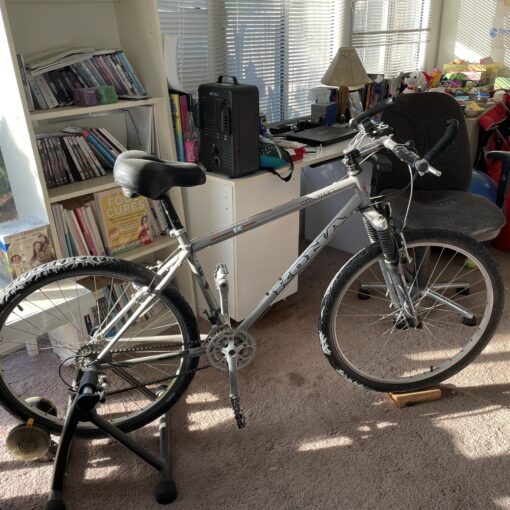The importance of core strength for runners cannot be overstated because it improves running form, balance, and stability, reduces injury risk, and leads to a more powerful stride. This morning, I did the Day 3 Core Fuerte workout from 30 Day Breakaway from trainer and runner Idalis Velazquez, and it is excellent. To learn more, scroll down and find out why core strength is so important.
Why Core Strength Is the Secret Weapon for Runners
When most people think about running, they picture strong legs pounding the pavement and lungs working overtime. But ask any seasoned runner or coach, and they’ll tell you: the real powerhouse behind efficient, injury-free running is the core.
What Is the Core, Really?
First, let’s get clear on what the core is. It’s not just your abs. The core includes your entire trunk — the muscles of your abdomen, lower back, hips, and even the glutes. These muscles work together to stabilize your body during movement.
For runners, the core acts as a stabilizing force that keeps you upright, efficient, and in good form mile after mile.
Why Core Strength Matters for Runners
1. Improved Running Form
A strong core helps maintain proper posture and alignment while you run. It keeps your torso upright, your pelvis stable, and reduces excess side-to-side movement — all of which conserve energy and make you a more efficient runner.
2. Better Balance and Stability
Whether you’re trail running or sprinting on a track, balance is key. A strong core helps control your movements, especially during quick turns, on uneven terrain, or when you are fatigued. It’s your center of gravity, after all.
3. Reduced Risk of Injury
A weak core can lead to compensations in other parts of the body, especially the lower back, hips, and knees. This imbalance often contributes to common running injuries like IT band syndrome, shin splints, and even plantar fasciitis.
4. More Powerful Stride
Core muscles are responsible for transferring energy between your upper and lower body. A stable, strong core can help generate more powerful, efficient strides — giving you more speed with less effort.
Signs Your Core Needs Work
-
You slouch or lean forward while running
-
You feel back or hip pain after long runs
-
Your running form falls apart when you’re tired
-
You struggle with balance or coordination
Simple Core Exercises for Runners
You don’t need a six-pack — just a consistently trained, functional core. Add these moves to your weekly routine:
-
Planks (and side planks) – Stability and endurance
-
Bird-Dogs – Core activation with balance
-
Dead Bugs – Teaches control and coordination
-
Russian Twists – Engages obliques
-
Glute Bridges – Targets hips and posterior chain
Even 10–15 minutes a few times a week can make a noticeable difference.
Final Thoughts
If you’re putting in miles but not seeing the performance you want — or you’re constantly battling injuries — your core might be the missing link. Don’t overlook it. A strong core won’t just make you a better runner — it’ll make running feel better, too.
From ChatGPT




